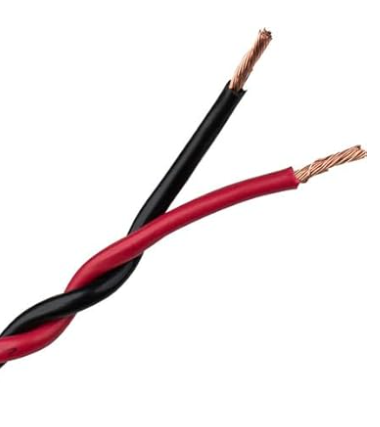- Jul 31, 2024
- 1
- 0
- 1
- If you're a qualified, trainee, or retired electrician - Which country is it that your work will be / is / was aimed at?
- All Other Countries (This Is English Speaking Website Only - WE don't mind Google Translate Users :)
- What type of forum member are you?
- DIY or Homeowner (Perhaps seeking pro advice, or an electrician)
Hello,
When I bought my flat it came with all wiring installed (220V). When I looked at consumer unit I noticed that wiring is done with twisted solid copper wire. This means that they took 2x1.5mm as Live and 2x1.5mm as Neutral

something like this but solid copper instead of stranded. I have few questions:
1. I know that 2x1.5 does not equate to 3mm, but is it safe to assume that this setup can safely pass 25A?
2. Is there generally a huge problem with the way it is done?
3. What is the best way to connect these wires to MCBs or Neutral bar. At the moment the ends are just hand twisted and inserted directly under screw. One option I was thinking to use 3 connector WAGO, but they are only 20A. Another option is to twist the ends with drill and then to use ferrules.
Thanks
When I bought my flat it came with all wiring installed (220V). When I looked at consumer unit I noticed that wiring is done with twisted solid copper wire. This means that they took 2x1.5mm as Live and 2x1.5mm as Neutral

something like this but solid copper instead of stranded. I have few questions:
1. I know that 2x1.5 does not equate to 3mm, but is it safe to assume that this setup can safely pass 25A?
2. Is there generally a huge problem with the way it is done?
3. What is the best way to connect these wires to MCBs or Neutral bar. At the moment the ends are just hand twisted and inserted directly under screw. One option I was thinking to use 3 connector WAGO, but they are only 20A. Another option is to twist the ends with drill and then to use ferrules.
Thanks








